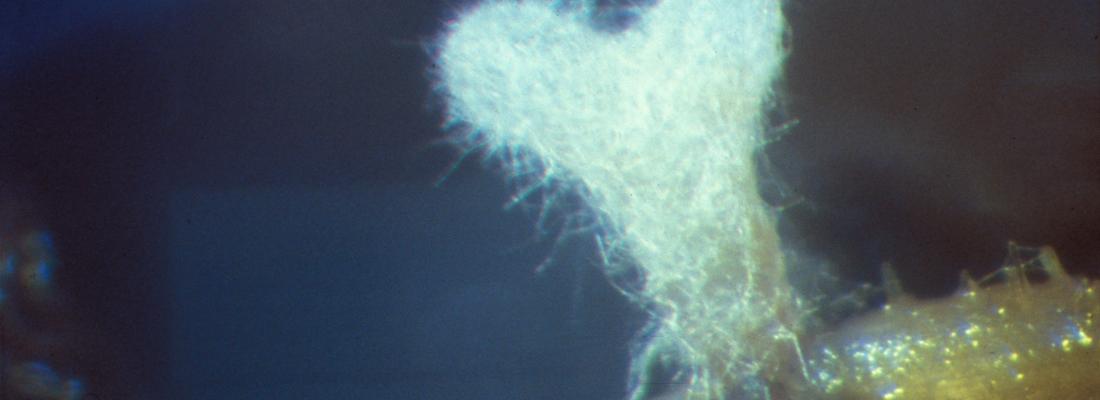Agroecology Reading time 2 min
Symbioses between plants, fungi and bacteria: a new look at these ancestral alliances
Published on 30 May 2017

From the time that plants first colonized terrestrial environments over 450 million ago, they have been in continual interaction with a complex cortège of microorganisms (known collectively as the microbiota), whether within host tissues (endosphere) or present on the plant surface (rhizosphere, phyllosphere). A small fraction of the endospheric microbes have evolved to establish mutually beneficial relationships with host plants, leading to reciprocal metabolic exchange and improved plant nutrition. This is notably the case for fungal mutualists and symbiotic nitrogen-fixing bacteria. Although nitrogen-fixing nodules harboring symbiotic bacteria have not yet been identified in plant root fossils, arbuscular mycorrhiza have been frequently found in plant fossils dating back to the period of initial terrestrial colonization. There is therefore little doubt that symbiotic fungi have made major contributions to early land colonization by providing essential metabolites to plant roots growing in nutrient-poor soils.
Three researchers, studying different features of the plant microbiota including several fungal and bacterial mutualistic associations in the INRA centres of Grand-Est-Nancy and Occitanie-Toulouse (associated with Lorraine & Toulouse Universities respectively), have collaborated to publish a review in the journal Science covering the evolution of these remarkable root symbioses, as well as some of the key molecular and cellular mechanisms involved in their establishment. The particular interest of this review is that it compares all the major plant symbiotic associations: arbuscular mycorrhizal symbioses, ectomycorrhizal associations, and nitrogen-fixing symbioses involving either rhizobia or filamentous Frankia.
The review starts with a discussion of the main evolutionary stages which have progressively led to the development of these mutualistic associations and then moves on to the comparison of the different mechanisms involved in the successful colonization of the respective host plants. Despite the very different natures of the microsymbiont, many of the molecular and cellular mechanisms are remarkably similar during the earliest steps of root colonization. For example, the perception of microbial chitin-based signals by a specific plant signal transduction pathway which first appeared over 400 million years ago during the establishment of the arbuscular mychorrhizal symbiosis, was then recruited 60 million years ago to play a similar role during the rhizobial/legume nitrogen-fixing symbiosis. Other similar features which are underlined in the review are the various root developmental processes involving modifications in plant hormonal balances, as well as a number of complex mechanisms which have evolved to avoid the triggering of immune defense during different stages of symbiotic microbe colonization.
The authors suggest that the study of these mutualistic symbioses should help to understand how plants interact more generally with their entire microbiota cortège. A better understanding of microbe/host signaling and plant symbiotic developmental mechanisms, as well as how these are modulated by a variety of factors including plant genotype, soil type, biotic and abiotic stresses etc, should be of considerable use in the future development of sustainable agriculture practices. For example, by optimizing plant growth while reducing nitrogen and phosphorus fertilizers and encouraging carbon sequestering in forest environments.
Ancestral alliances: Plant mutualistic symbioses with fungi and bacteria
By Francis M. Martin, Stéphane Uroz, David G. Barker
Science26 May 2017 - Vol. 356, Issue 6340
DOI: 10.1126/science.aad4501
